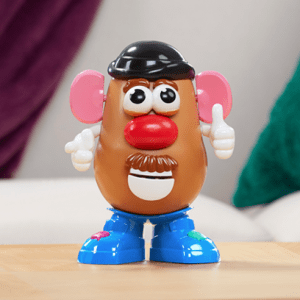 The world has drastically changed in the past four weeks. Even with all of the madness, our team at the Husky ABA Clinic is still hard at work. Though our tasks are now being completed remotely, we are committed to providing services to our clients in safe manner while also expanding our skill set during these unprecedent times.
The world has drastically changed in the past four weeks. Even with all of the madness, our team at the Husky ABA Clinic is still hard at work. Though our tasks are now being completed remotely, we are committed to providing services to our clients in safe manner while also expanding our skill set during these unprecedent times.
Two of undergraduate clinicians, Cassidy and Amanda, have shifted thier focus to learning more about the field of ABA through research articles and podcasts. Cassidy has been learning about evidence-based practices in instructing preschool life skills, assessing and treating self-injurious behavior, and gaining knowledge in the foundations of ABA. Amanda is dividing deep into the literature to understand how our practice can be culturally competent with our clients and their families. While they are not able to work directly with our team and clients, Amanda and Cassidy are happy to be involved in the imperative, behind-the-scenes work that is not only crucial for their behavior-analytic knowledge, but also for the use of evidence-based procedures for our clients.
While the undergraduates have been critical in our understanding and developing of interventions, our graduate clinicians, Averi and Naomi, have not skipped a beat to best serve their clients remotely! In regard to their clinical work, they meet remotely with the clients’ family to increase the families’ skill set in implement evidence-based practices, trouble shoot potential issues that happening at home, and develop materials for the families to use. In addition, they are creating programming materials to directly work with their clients via teleconference on skill sets such as imitating others, requesting items and attention, remaining on-task, and engaging in eye contact with their parents. Naomi and Averi are also creating treatment materials for future clinicians at the Husky ABA Clinic.
All of us here at the Husky ABA clinic are grateful that we are still able to work with our clients and their families. We know it is a scary time. We see this is an opportunity to expand our knowledge in providing behavior-analytic services in new and meaningful ways.







